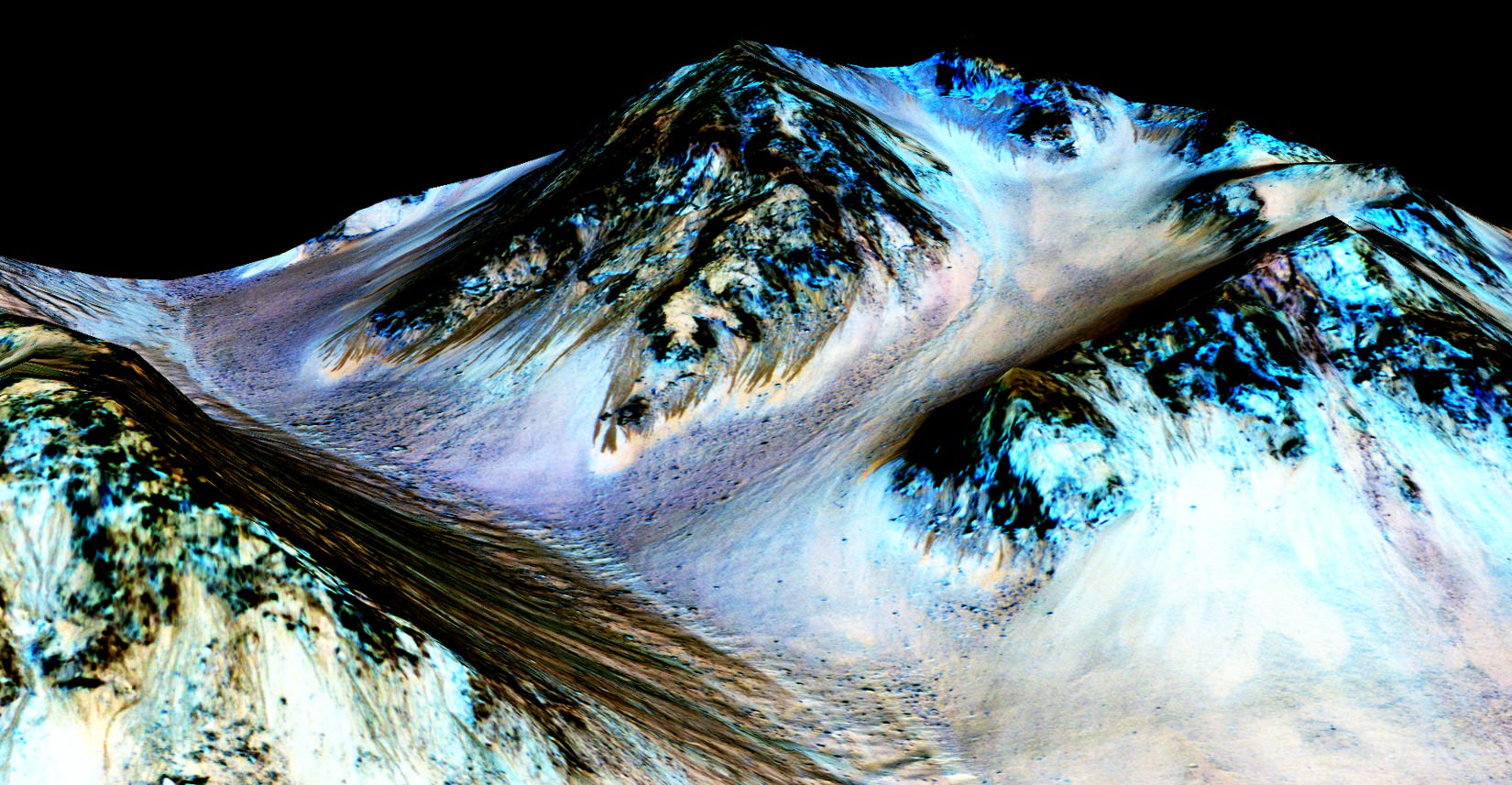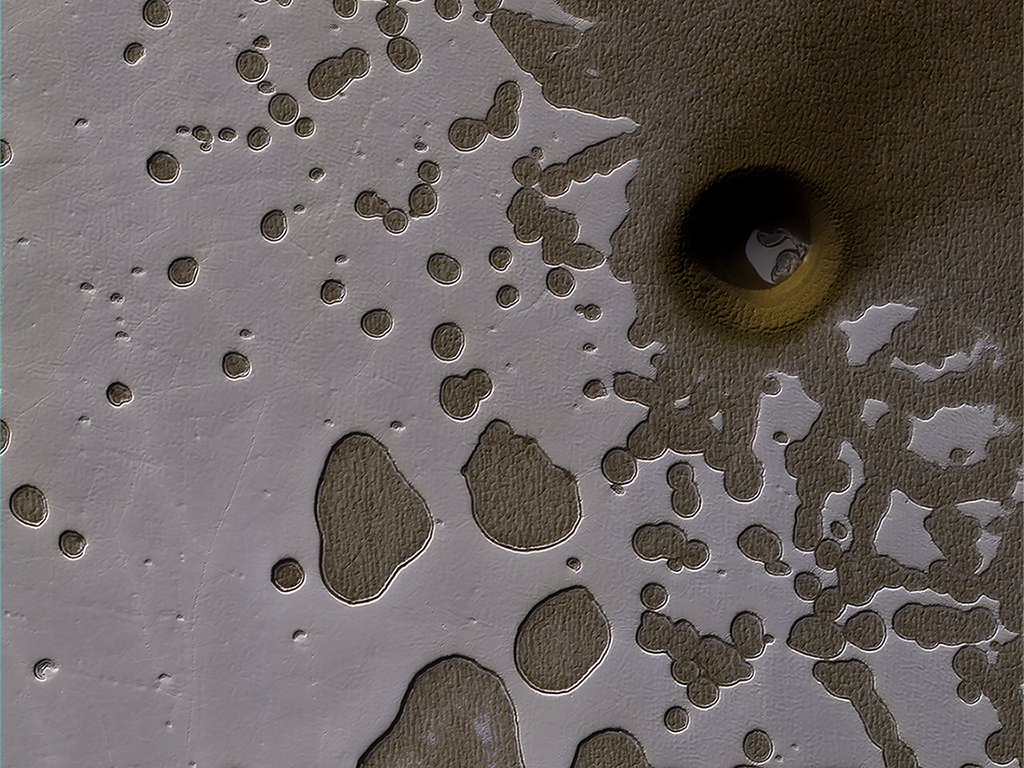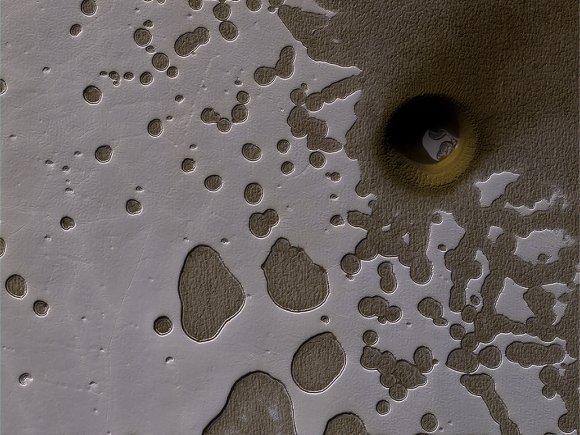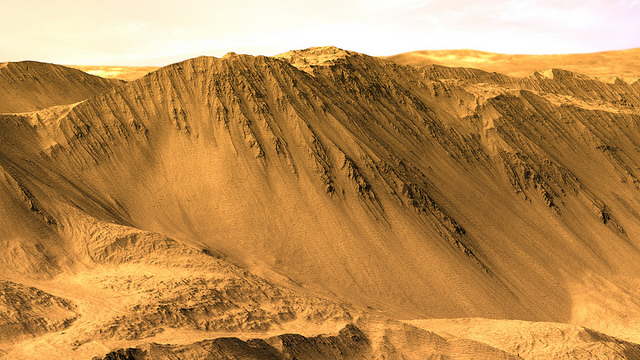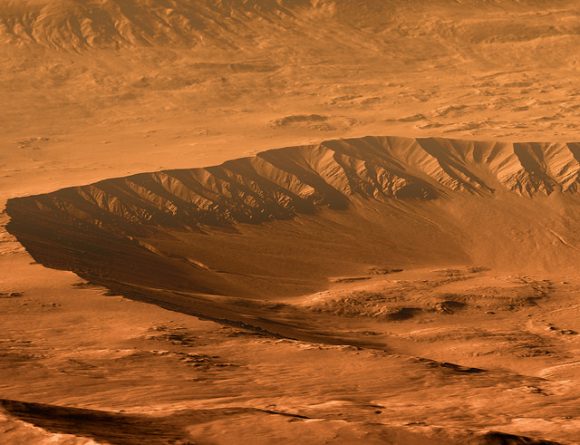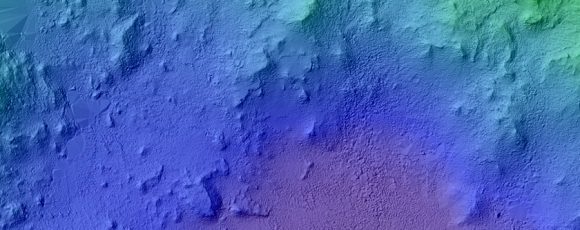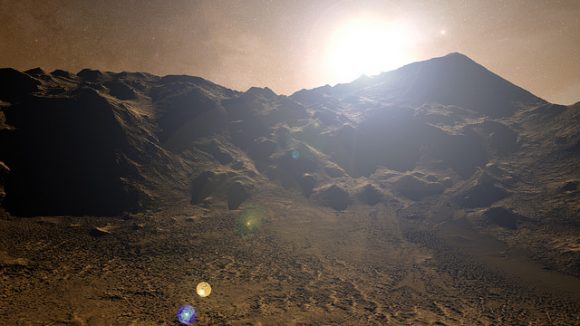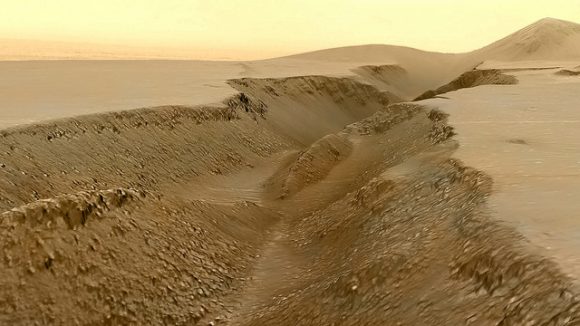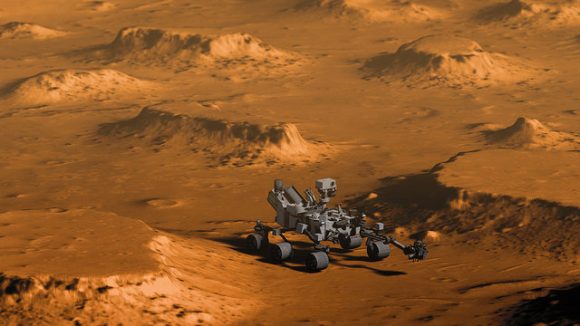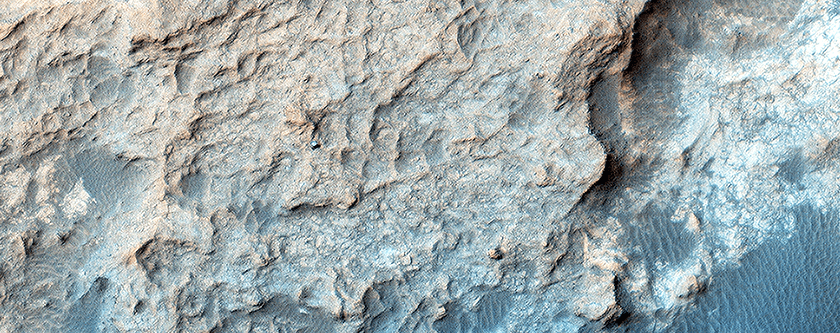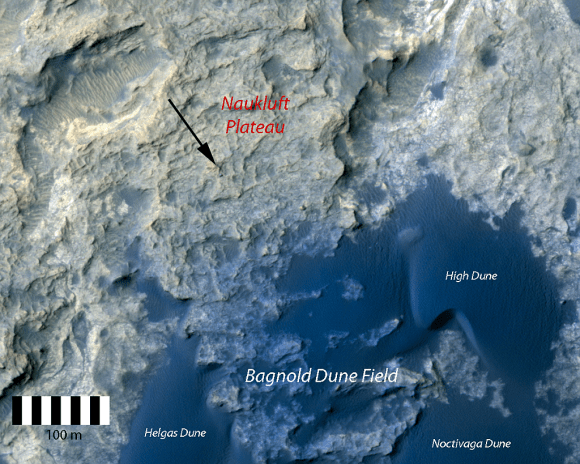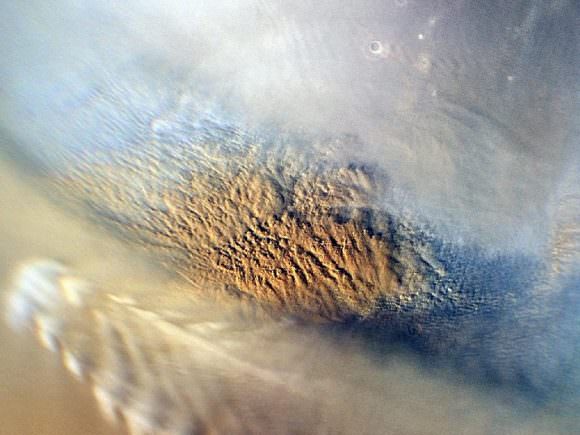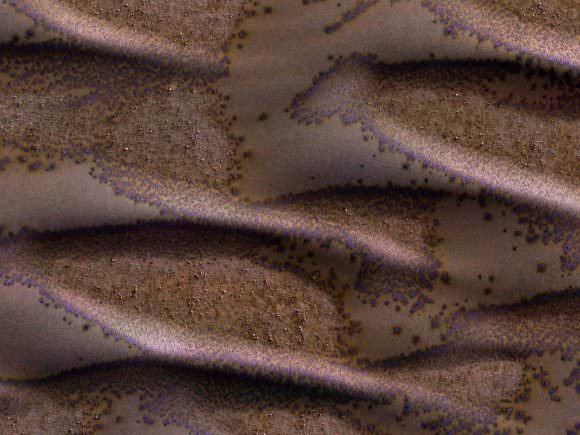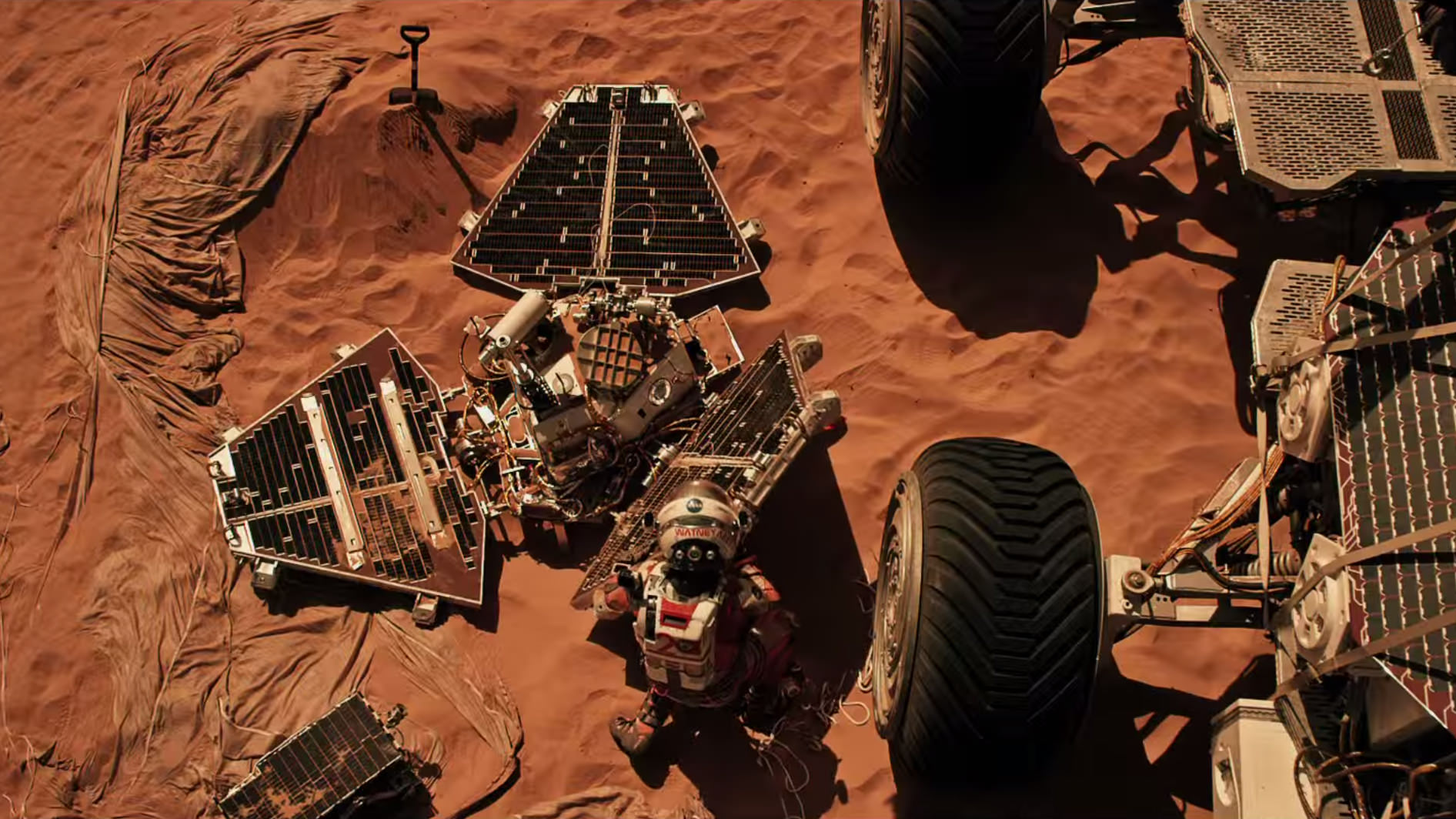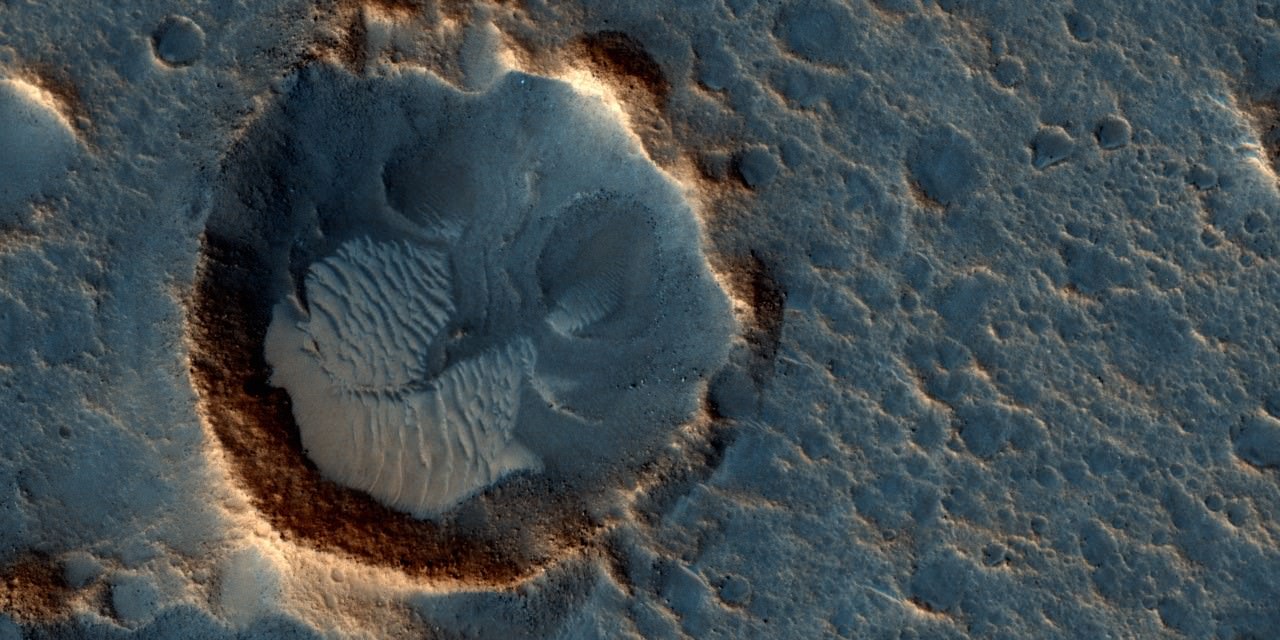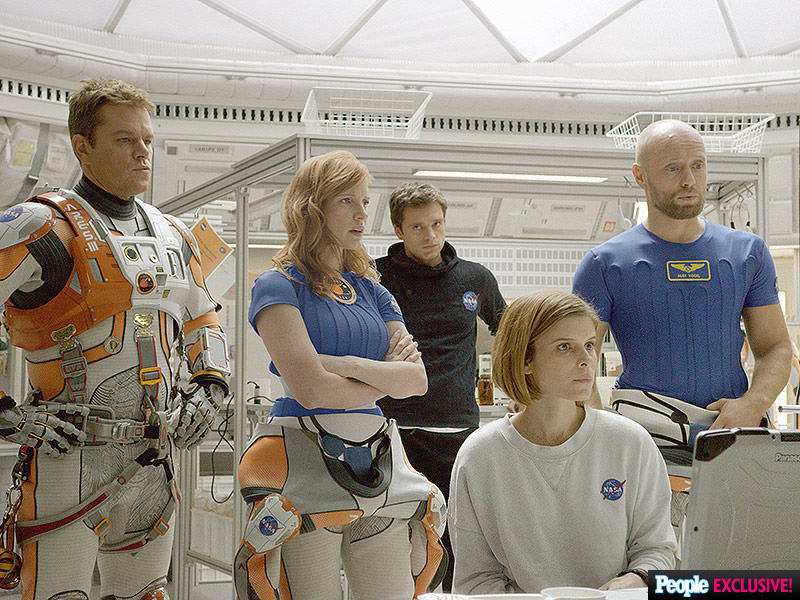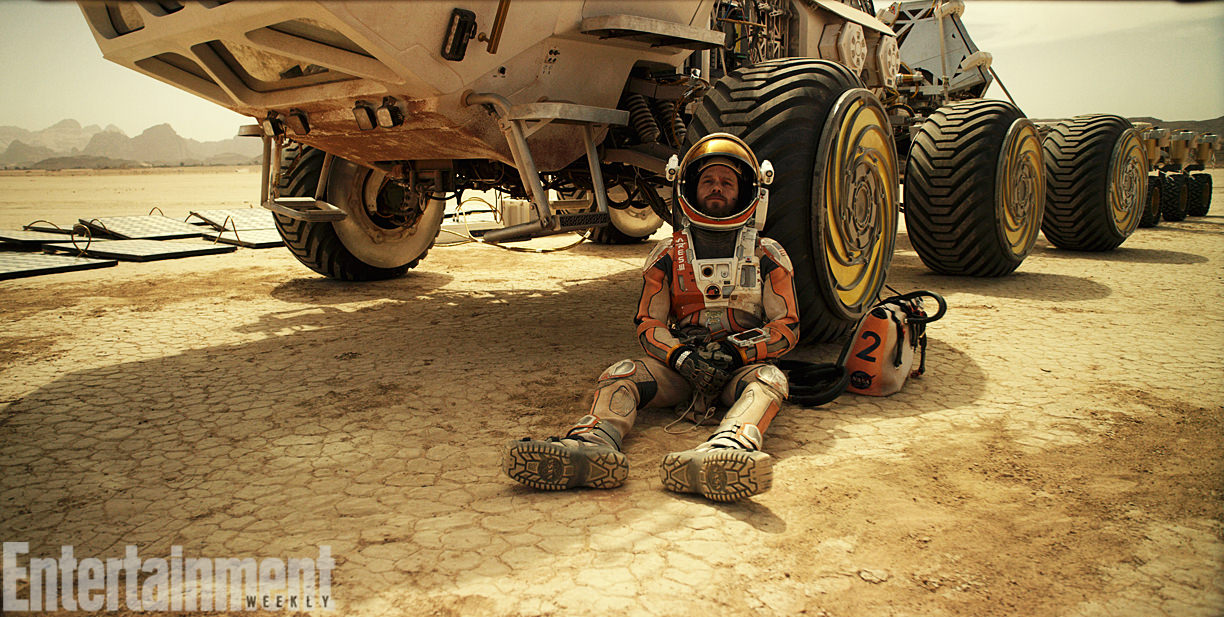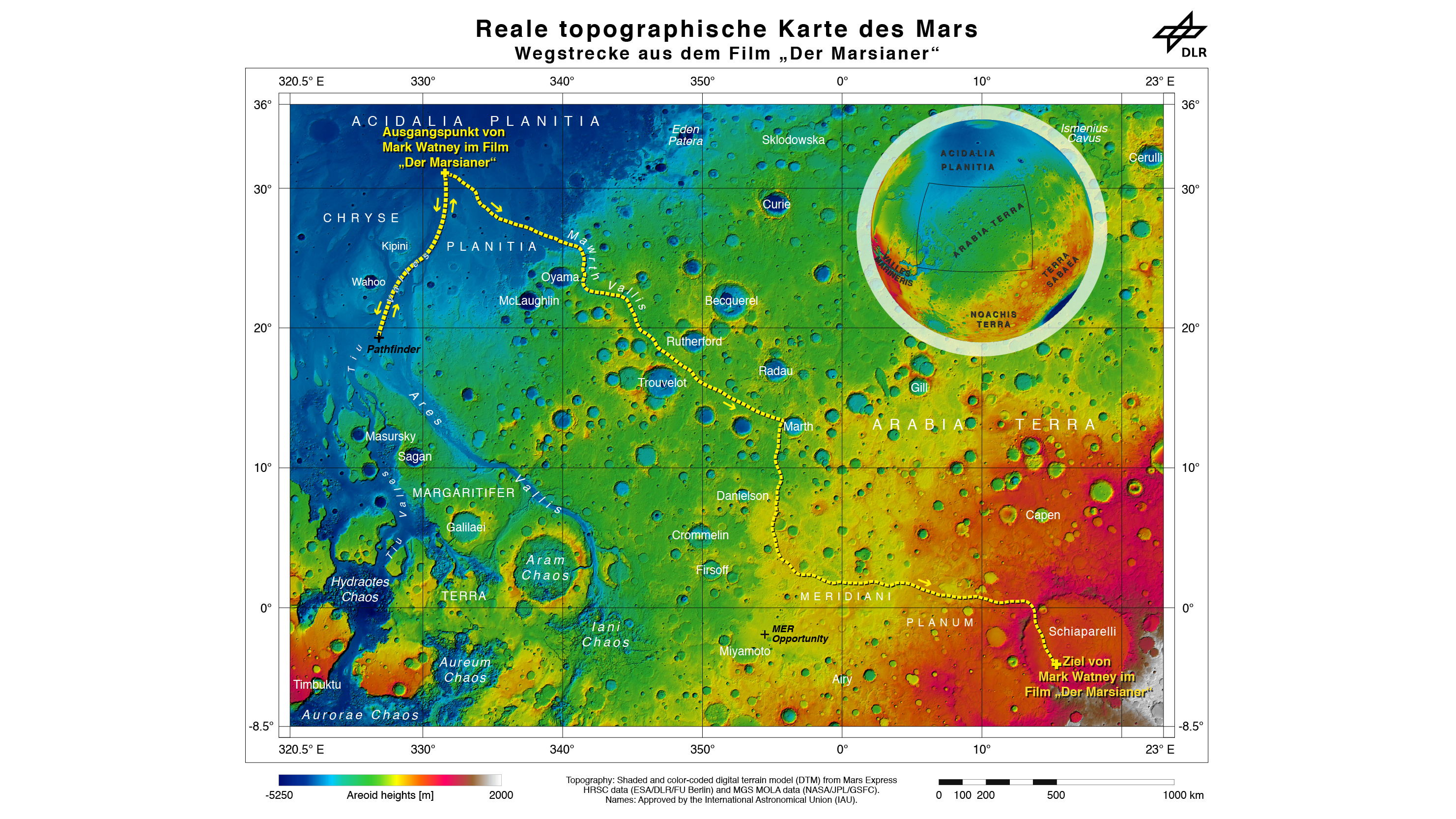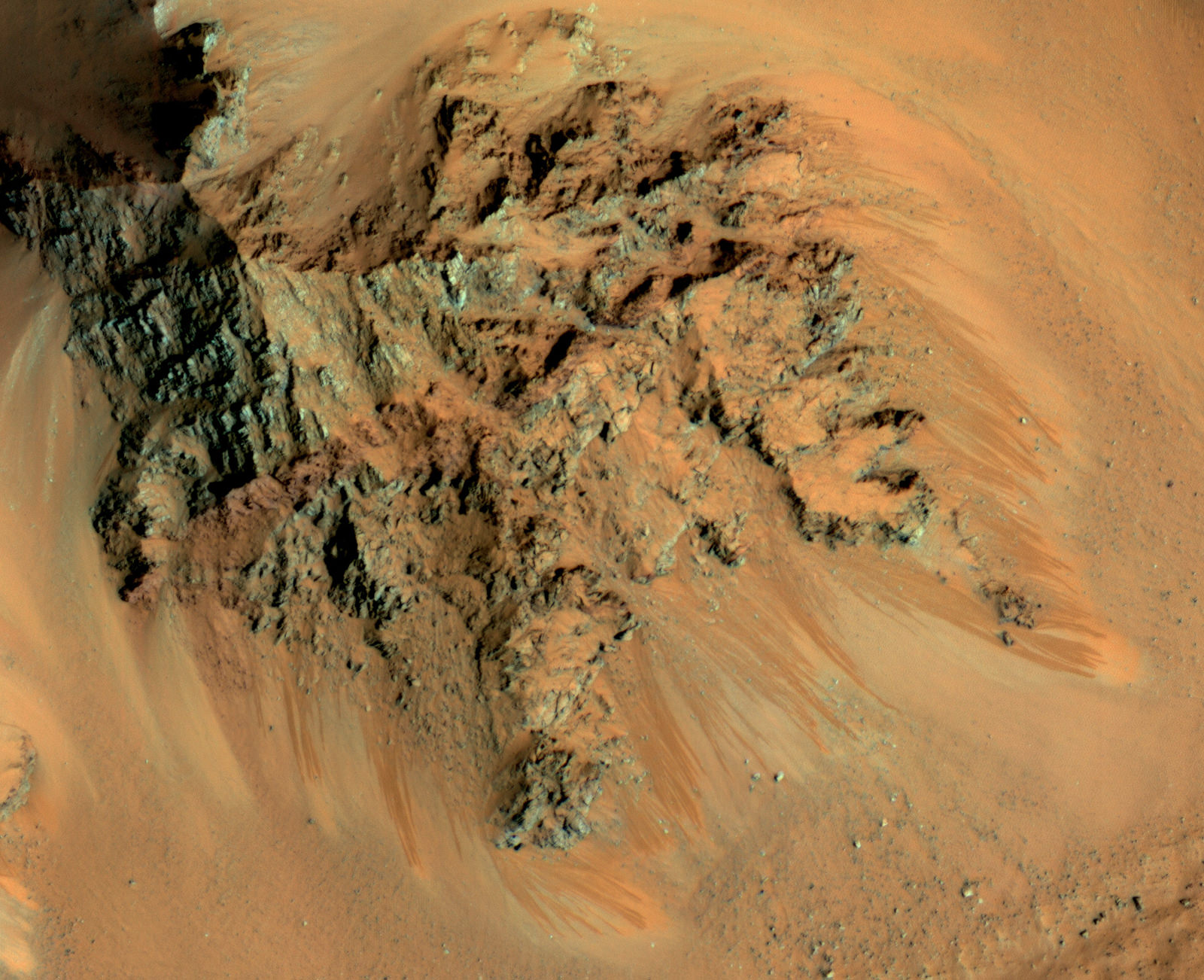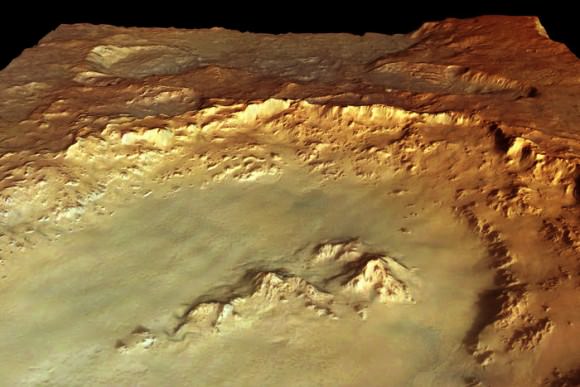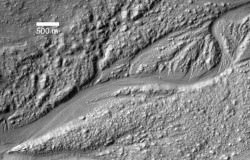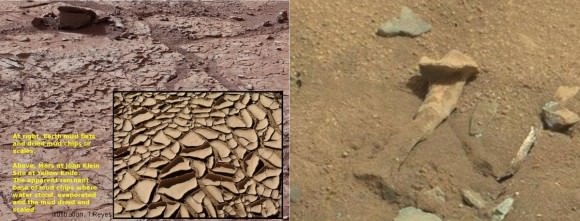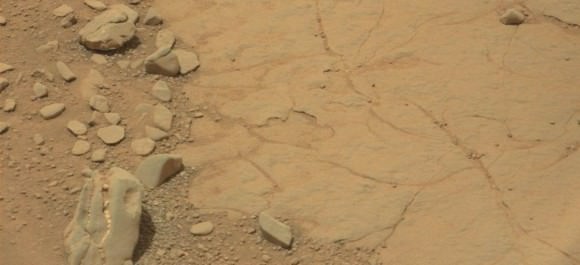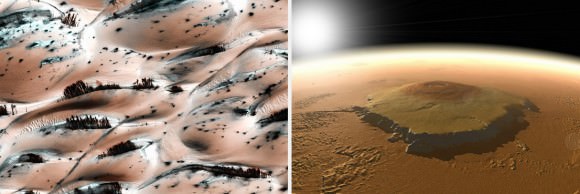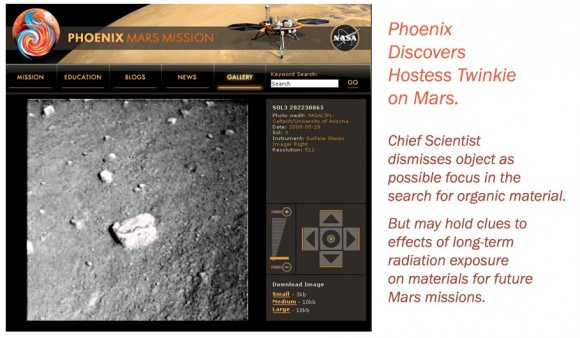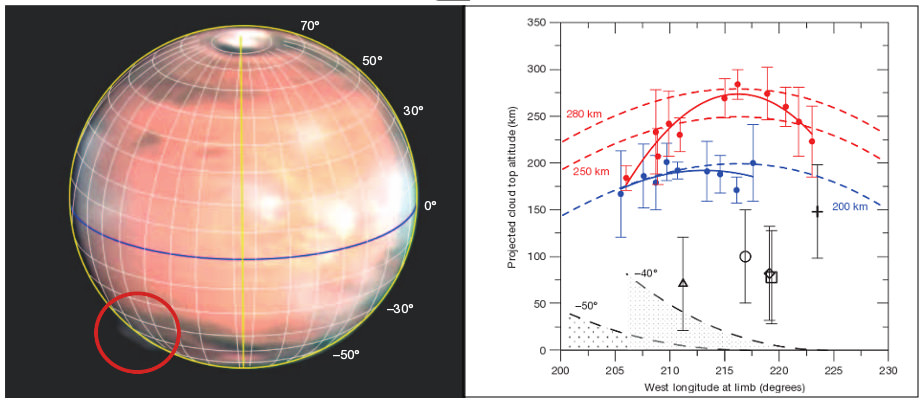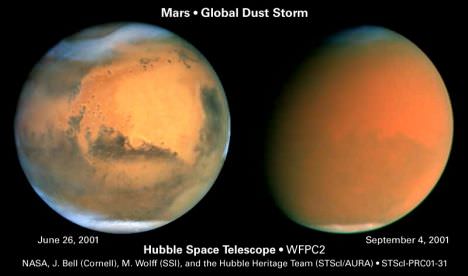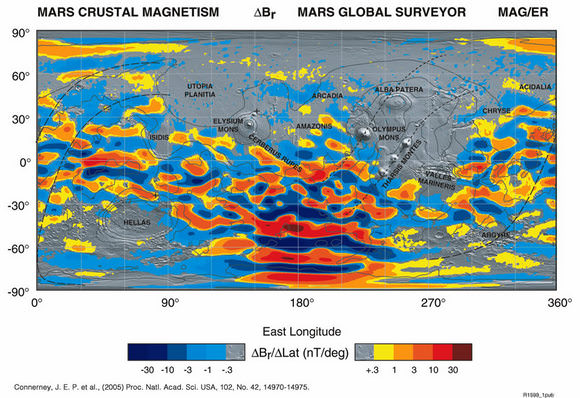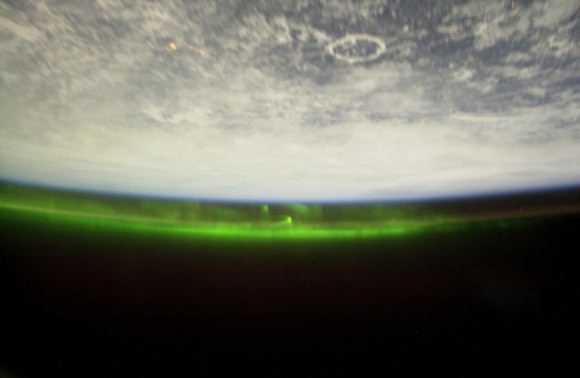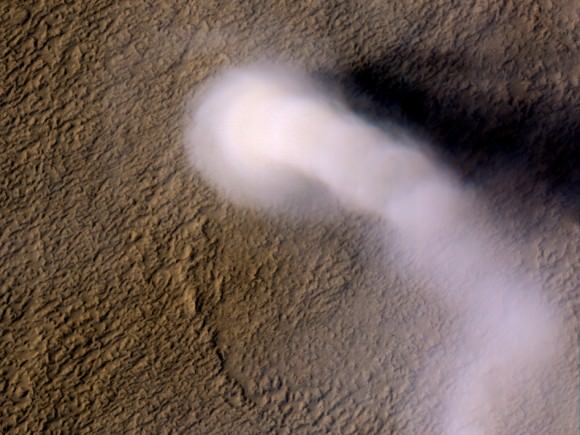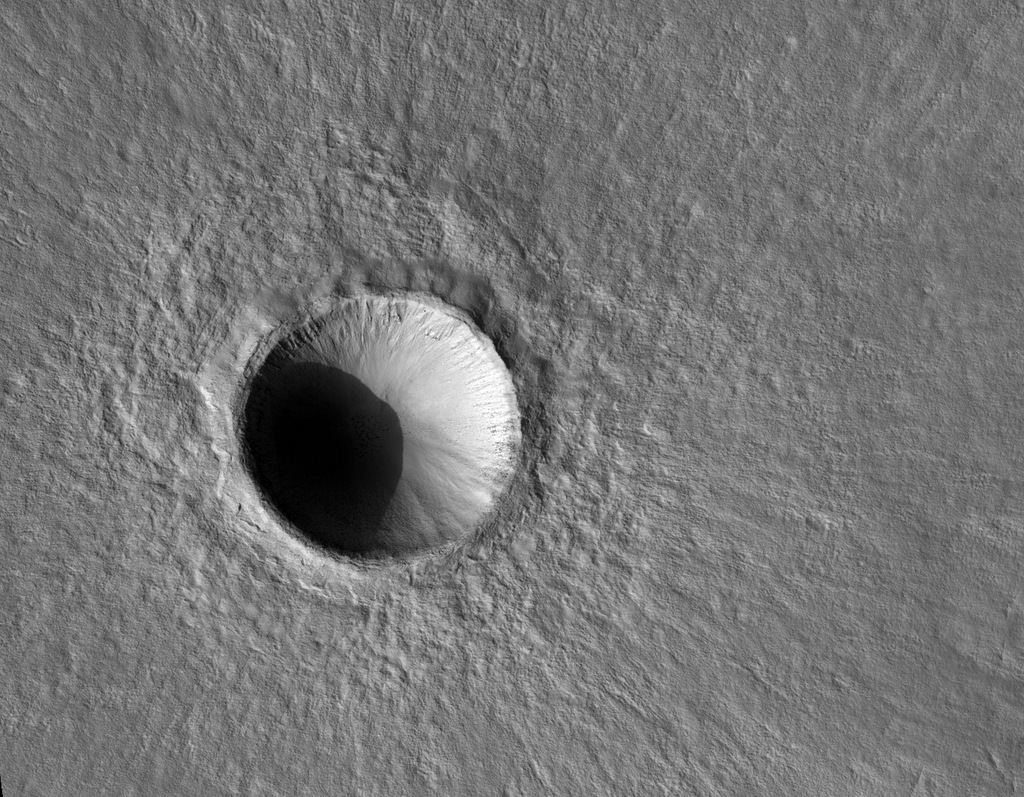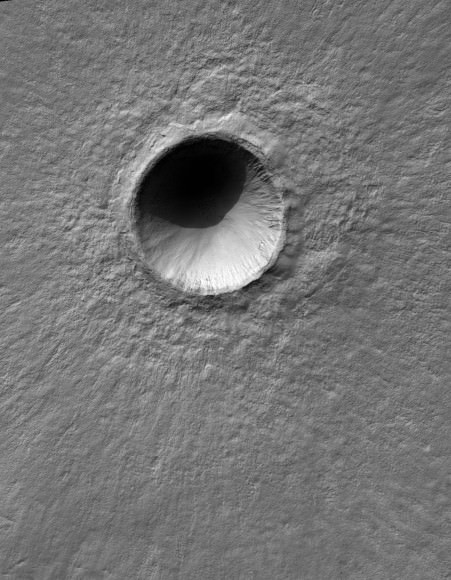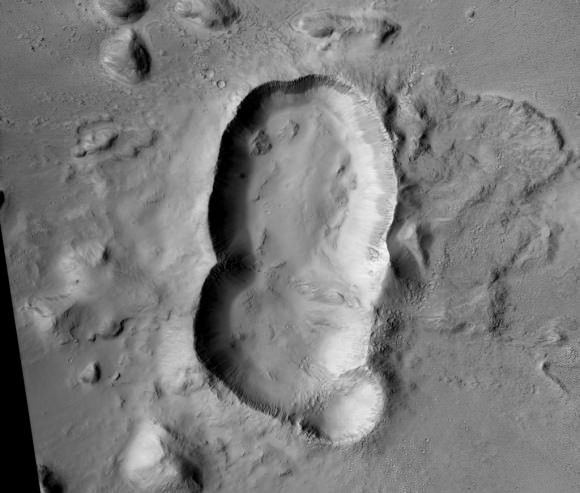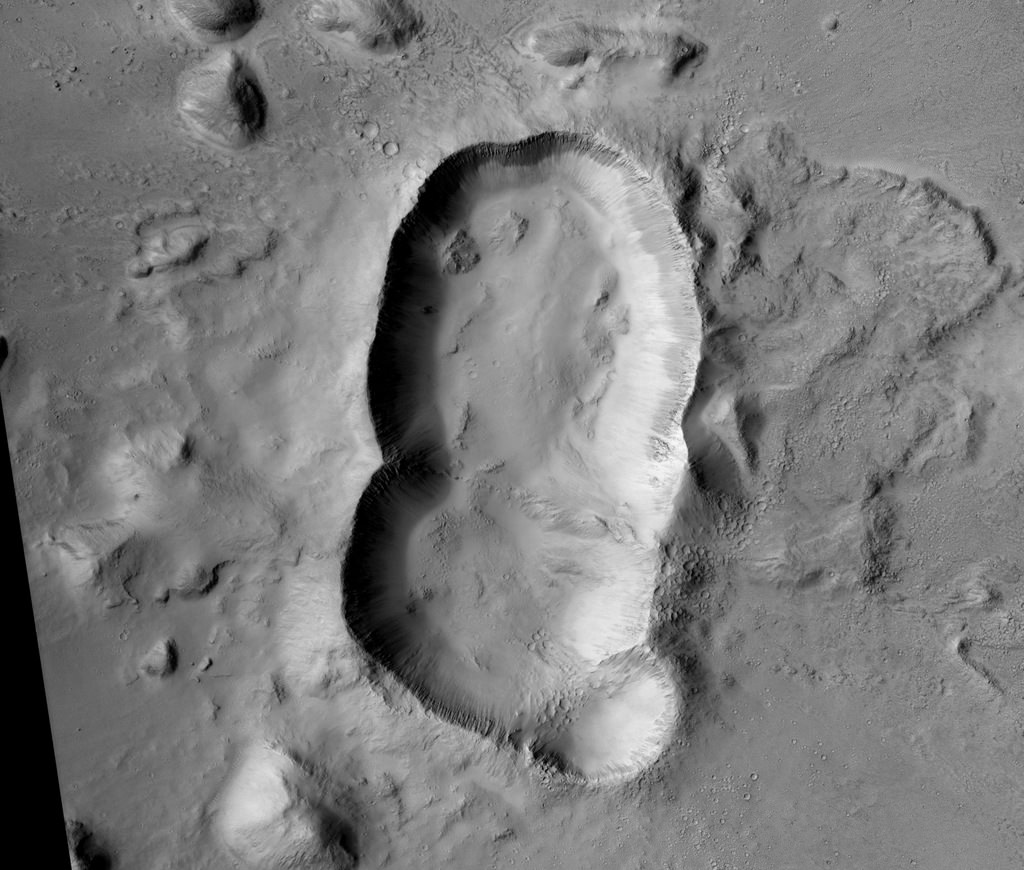When robotic missions first began to land on the surface of Mars in the 1970s, they revealed a harsh, cold and desiccated landscape. This effectively put an end generations of speculation about “Martian canals” and the possibility of life on Mars. But as our efforts to explore the Red Planet have continued, scientists have found ample evidence that the planet once had flowing water on its surface.
In addition, scientists have been encouraged by the appearance of Recurring Slope Lineae (RSL), which were believed to be signs of seasonal water flows. Unfortunately, a new study by researchers from the U.S. Geological Survey indicates that these features may be the result of dry, granular flows. These findings are another indication that the environment could be too dry for microorganisms to survive.
The study, titled “Granular Flows at Recurring Slope Lineae on Mars Indicate a Limited Role for Liquid Water“, recently appeared in the scientific journal Nature Geoscience. Led by Dr. Colin Dundas, of the US Geological Survey’s Astrogeology Science Center, the team also included members from the Lunar and Planetary Laboratory (LPL) at the University of Arizona and Durham University.
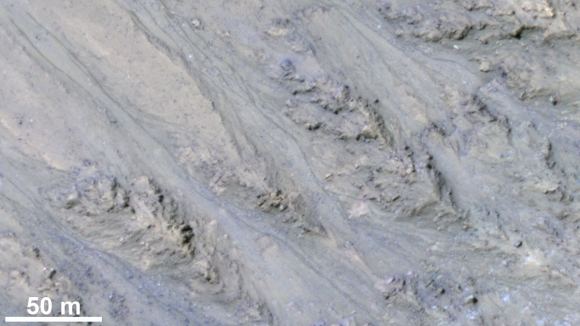
For the sake of their study, the team consulted data from the High Resolution Image Science Experiment (HiRISE) camera aboard the NASA Mars Reconnaissance Orbiter (MRO). This same instrument was responsible for the 2011 discovery of RSL, which were found in the middle latitudes of Mars’ southern hemisphere. These features were also observed to appear on Martian slopes during late spring through summer and then fade away in winter.
The seasonal nature of these flows was seen as a strong indication that they were the result of flowing salt-water, which was indicated by the detection of hydrated salt at the sites. However, after re-examining the HiRISE data, Dundas and his team concluded that RSLs only occur on slopes that are steep enough for dry grains to descend – in much the same way that they would on the faces of active dunes.
As Dundas explained in a recent NASA press release:
“We’ve thought of RSL as possible liquid water flows, but the slopes are more like what we expect for dry sand. This new understanding of RSL supports other evidence that shows that Mars today is very dry.”
Using pairs of images from HiRISE, Dundas and his colleagues constructed a series of 3-D models of slope steepness. These models incorporated 151 RSL features identified by the MRO at 10 different sites. In almost all cases, they found that the RSL were restricted to slopes that were steeper than 27° and each flow ended on a slope that matched the patterns seen in slumping dry sand dunes on Mars and Earth.
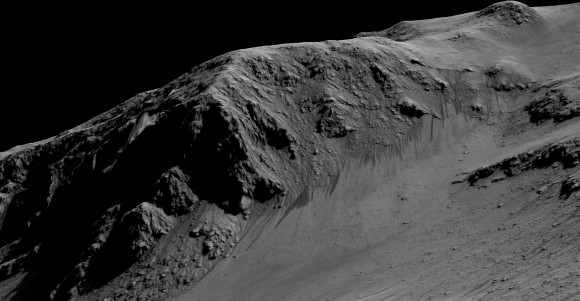
Basically, sand flows end where a steep angle gives way to a less-steep “angle of repose”, whereas liquid water flows are known to extend along less steep slopes. As Alfred McEwen, HiRISE’s Principal Investigator at the University of Arizona and a co-author of the study, indicated, “The RSL don’t flow onto shallower slopes, and the lengths of these are so closely correlated with the dynamic angle of repose, it can’t be a coincidence.”
These observations is something of a letdown, since the presence of liquid water in Mars’ equatorial region was seen as a possible indication of microbial life. However, compared to seasonal brine flows, the present of granular flows is a far better fit with what is known of Mars’ modern environment. Given that Mars’ atmosphere is very thin and cold, it was difficult to ascertain how liquid water could survive on its surface.
Nevertheless, these latest findings do not resolve all of the mystery surrounding RSLs. For example, there remains the question of how exactly these numerous flows begin and gradually grow, not to mention their seasonal appearance and the way they rapidly fade when inactive. On top of that, there is the matter of hydrated salts, which have been confirmed to contain traces of water.
To this, the authors of the study offer some possible explanations. For example, they indicate that salts can become hydrated by pulling water vapor from the atmosphere, which might explain why patches along the slopes experience changes in color. They also suggest that seasonal changes in hydration might result in some trigger mechanism for RSL grainflows, where water is absorbed and release, causing the slope to collapse.
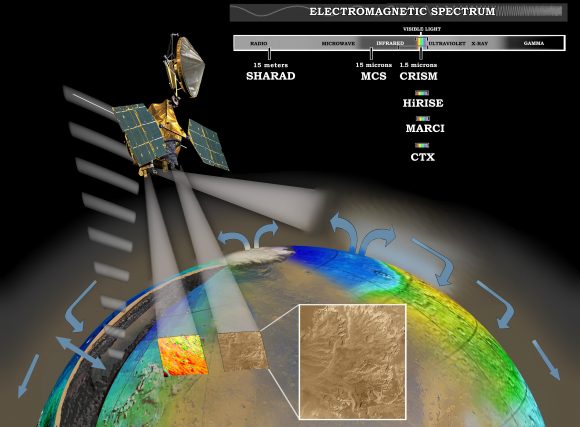
If atmospheric water vapor is a trigger, then it raises another important question – i.e. why do RSLs appear on some slopes and not others? As Alfred McEwen – HiRISE’s Principal Investigator and a co-author on the study – explained, this could indicate that RSLs on Mars and the mechanisms behind their formation may not be entirely similar to what we see here on Earth.
“RSL probably form by some mechanism that is unique to the environment of Mars,” he said, “so they represent an opportunity to learn about how Mars behaves, which is important for future surface exploration.” Rich Zurek, the MRO Project Scientist of NASA’s Jet Propulsion Laboratory, agrees. As he explained,
“Full understanding of RSL is likely to depend upon on-site investigation of these features. While the new report suggests that RSL are not wet enough to favor microbial life, it is likely that on-site investigation of these sites will still require special procedures to guard against introducing microbes from Earth, at least until they are definitively characterized. In particular, a full explanation of how these enigmatic features darken and fade still eludes us. Remote sensing at different times of day could provide important clues.”
In the coming years, NASA plans to carry out the exploration of several sites on the Martian surface using the Mars 2020 rover, which includes a planned sample-return mission. These samples, after being collected and stored by the rover, are expected to be retrieved by a crewed mission mounted sometime in the 2030s, and then returned to Earth for analysis.
The days when we are finally able to study the Mars’ modern environment up close are fast approaching, and is expected to reveal some pretty Earth-shattering things!
Further Reading: NASA

